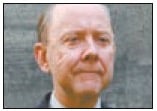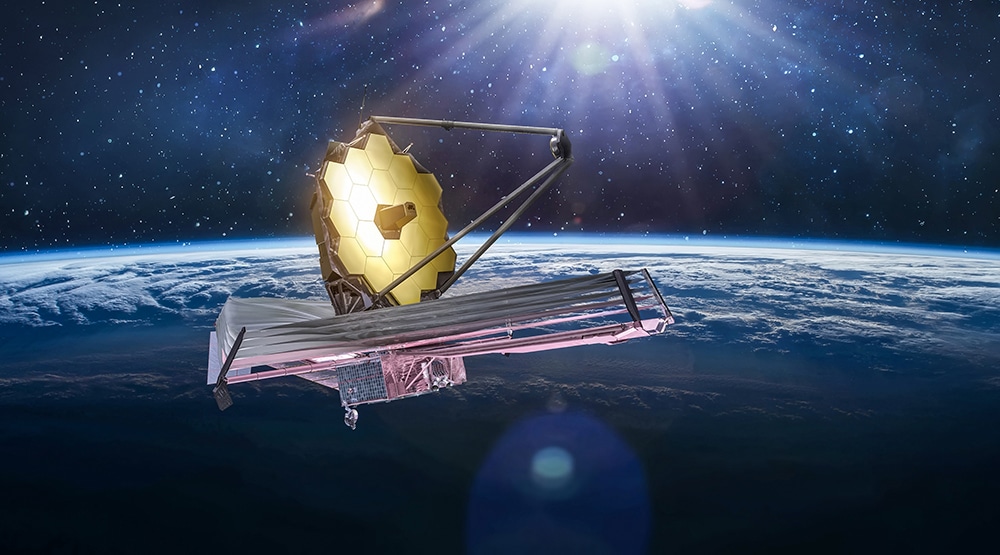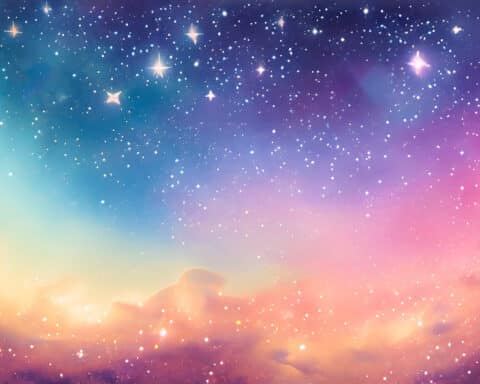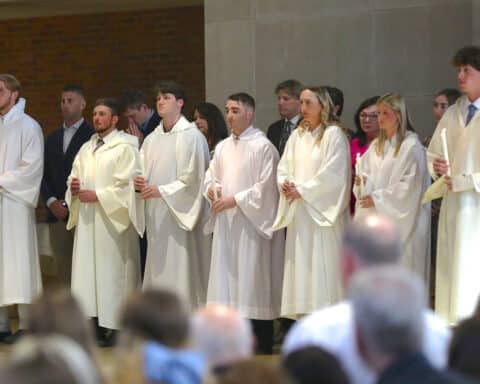
I was chatting with a man who had a doctorate in astronomy and now held a top science post in the government, so I asked, “Am I right in thinking that the universe includes the whole of material reality?”
“Yes, that’s correct,” he replied.
“And is it true the universe is expanding?”
“Correct.”
“So what is the universe, which itself already contains all the material reality there is, expanding into?”
The scientist merely shrugged his shoulders as if to say, “Who knows?”
Like me, I suspect, a lot of people lately have become amateur cosmologists thanks to a marvelous product of scientific and technological genius called the James Webb Telescope. Launched on Christmas, the telescope last month slipped successfully into orbit around the sun, nearly 900,000 miles from earth.
If all goes well (and its creators and managers keep reminding us that a lot could still go wrong), the Webb Telescope next summer will start beaming back to earth images from deep space of events occurring more than 13 billion years ago — things relatively close to when the universe began to be formed.
And then? For now, the answer is best put in the form of a question, as one scientist did: “What are we going to discover that we had no idea was there?”
For some of us, however, the answer is already clear: We will discover new evidence of God’s creative activity at work.
Personally, I don’t doubt we will. But a cautionary note is necessary. The evidence from Webb will be evidence of creation to those viewing it with the eyes of faith. Seen with the eyes of science, it will be evidence of remarkable phenomena — things we had no idea were there — but no more.
That isn’t the conclusion of a wet blanket but of a scientist who saw the universe according to both ways of seeing. I mean Father Georges Lemaitre, a Belgian priest and scientist, who was one of the originators of the “Big Bang” theory of how the universe began.
His contribution is recalled in a helpful article in the February First Things by William E. Carroll.
Pope Pius XII, he writes, was greatly impressed by the Big Bang — so much that he once cited it as evidence for creation and a creator. But Father Lemaitre cautioned against that, and the pope dropped the idea.
Professor Carroll quotes no less than St. Thomas Aquinas to explain why it is important that believers respect the difference between seeing with eyes of faith and seeing with eyes of science:
“That the world had a beginning … is an object of faith, but not a demonstration of science. And we do well to keep this in mind; otherwise, if we presumptuously undertake to demonstrate what is of faith, we may introduce arguments that are not strictly conclusive; and this would furnish infidels with an occasion for scoffing, as they would think we assent to truths of faith on such grounds.”
Barring some mishap, we can expect wonders ahead from the Webb Telescope. And as we gaze into the far reaches of the universe, we will indeed be looking at God’s handiwork in operation. That will be seeing with the eyes of faith. Seeing with the eyes of science, we will see things hardly less wonderful. But let’s not confuse these two different ways of seeing.
Russell Shaw is a contributing editor for Our Sunday Visitor.





